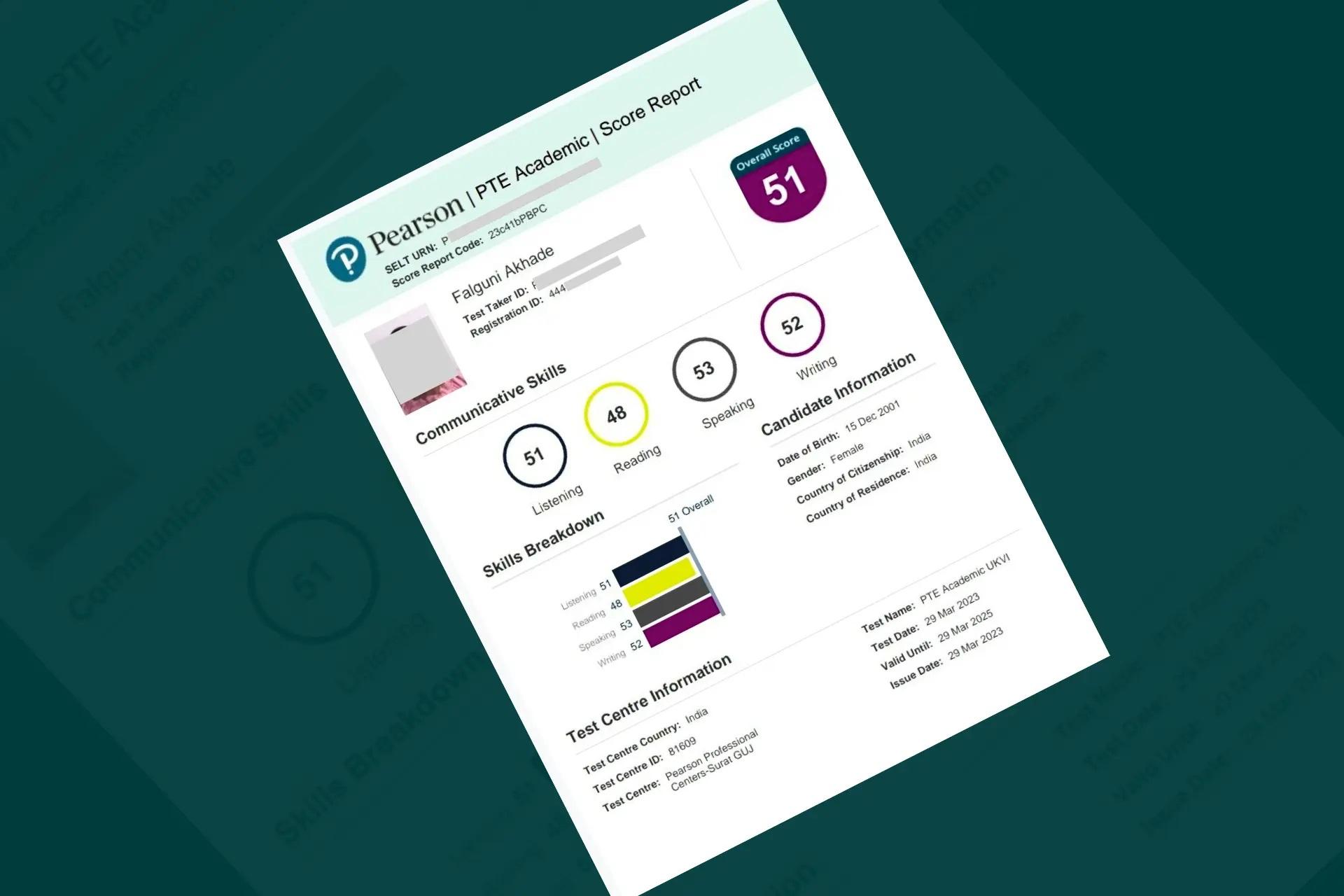MongoDB is growing to be a popular name among Python developers and offices as one of the most well-liked NoSQL databases. Why? What is it about MongoDB? MongoDB is one of the most flexible and scalable platforms found by individuals for the modern applications of today. Python developers recognize the endless stream of multiple opportunities that arise when they incorporate MongoDB into the projects they work on.
We will examine the best practices, hints, and techniques that one can use to make the most out of MongoDB’s capability in Python, with code examples and detailed explanations in the following article.
What is MongoDB?
The “MongoDB object-relational database” commonly known as MongoDB, is a popularly known NoSQL database ( “NoSQL databases are non-tabular databases that store data differently than relational tables.” ) that stores data in JSON-like representations that resemble documents. MongoDB works effectively for applications that require real-time access to data and horizontal scaling since it can manage massive volumes of data. MongoDB’s fundamental ideas include databases, collections, documents, and indices.
How to set up MongoDB with Python?
To completely understand the practices, hints, and tricks of MongoDB with Python it is necessary for you to know and have MongoDB installed and running. You can interact with MongoDB in Python using the official driver, PyMongo.
You can install it using the below code:
|
“pip install pymongo” |
After installing, you can connect to a MongoDB instance by using the below code:
|
“from pymongo import MongoClient
# Connect to the MongoDB server running on localhost at the default port client = MongoClient(‘localhost’, 27017)
# Access a database db = client[‘mydatabase’]
# Access a collection collection = db[‘mycollection’]” |
Best Practices in MongoDB:-
1. Make Careful Use of Indexes:
In MongoDB, indexes are an important element as indexes help speed up the solving of problems, but this doesn’t mean you use indexes now and then.
Python Developers need to use indexes carefully as they can greatly slow down the writing performance and consume a lot of your disk space. Thus, developers need to make sure to thoroughly examine their queries to make sure that the indexes used are appropriate for the needs that are to be achieved. Another good option is to use compound indexes as they help deal with queries of multiple fields.
An example of using indexes in MongoDB with Python is as follows:
|
“ # Create a single-field index collection.create_index([(‘field_name’, pymongo. ASCENDING)])
# Create a compound index collection.create_index([(‘field1’, pymongo.ASCENDING), (‘field2’, pymongo.DESCENDING)]) “
|
2. Optimize Search Performance:
While using MongoDB with Python, as a Python developer make sure to steer clear of searches that perform complete scans. Instead, individually evaluate and optimize queries using indexes and the “explain()” technique.
Below is a code example of how one would optimize queries:
|
“# Use explain() to analyze a query result = collection.find({‘field_name’: ‘value’}).explain() print(result)” |
3. Make use of the Aggregation Framework of MongoDB:
If you are a regular MongoDB user, you will be familiar with ‘The Aggregation Framework in MongoDB’. This framework offers strong data transformation and data analysis features. It can greatly increase the performance by substituting multiple queries with a single pipeline solution thereby improving the performance.
Here’s an example of how you can effectively make use of the Aggregation Framework of MongoDB in Python:
|
“pipeline = [ {‘$match’: {‘field_name’: ‘value’}}, {‘$group’: {‘_id’: ‘$group_field’, ‘count’: {‘$sum’: 1}}} ]”
“result = collection.aggregate(pipeline)” |
4. Organize and Manage Large Documents:
MongoDB is capable of handling large documents but it is important to consider the size of a document. Why? Because the performance of very large documents can be affected especially during some changes. If the data is a huge binary, you can consider using “GridFS” or normalizing the data at hand.
5. Securing your Database:
MongoDB does have strong and efficient security capabilities. But, it is never wrong to be safe and protect your information. Remember to use strong passwords, enable double-factor authentication, and follow the line of least principle when creating user roles.
How to do this? Here’s a way to change and maintain a strong and secure database:
|
“ # Enable authentication # Start MongoDB with –auth or use the authMechanism option in MongoClient client = MongoClient(‘localhost’, 27017, username=’admin’, password=’password’, authSource=’admin’)” |
Tips and Tricks:-
1. Connection Pooling:
For one to effectively be able to manage database connections, one can use connection pooling. You can reuse connections throughout your applications as PyMongo automatically manages the connection pooling.
|
“ from pymongo import MongoClient
# Connection pooling is handled by default client = MongoClient(‘localhost’, 27017) “ |
2. Error Handling:
It is necessary for one to smoothly handle exceptions and give users insightful feedback. So, make sure to implement strong error handling as there are chances of operations on MongoDB going wrong.
You can strengthen your error-handling operations with the below code:
|
“ from pymongo.errors import DuplicateKeyError
try: # MongoDB operation except DuplicateKeyError as e: print(f”Duplicate key error: {e}”) except Exception as e: print(f”An unexpected error occurred: {e}”)” |
3. Use BSON for Python Objects:
MongoDB uses a ‘binary-encoded serialization format’ commonly called “BSON” (Binary JSON). This can be used to effectively serialize and deserialize Python objects.
|
“ from bson import BSON
# Serialize Python dictionary to BSON data = {‘field1’: ‘value1’, ‘field2’: 42} bson_data = BSON.encode(data)
# Deserialize BSON to Python dictionary decoded_data = BSON.decode(bson_data) “ |
4. Making the best use of ODM (Object- Document Mapping):
When one is working with MongoDB, one needs to take into consideration using ODM libraries such as, “Ming” or “MongoEngine” for a higher and more efficient level of abstraction. This is because these ODM libraries offer a more Python-based database interaction interface.
Conclusion,
Therefore, we can conclude that the development of Python is quite elegantly complemented by MongoDB which is a robust and efficient database. By applying recommended practices and application of certain little hints and techniques, one will be able to optimize MongoDB’s capabilities for all their Python projects.
MongoDB provides the scalability and flexibility required for the modern development of any application being built.
Check out Skillslash‘s courses Data Science Course In Delhi, Data Science Course in Mumbai, and Data science course in Kolkata today and get started on this exciting new venture.




